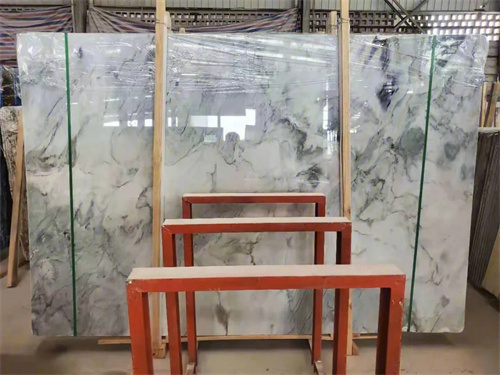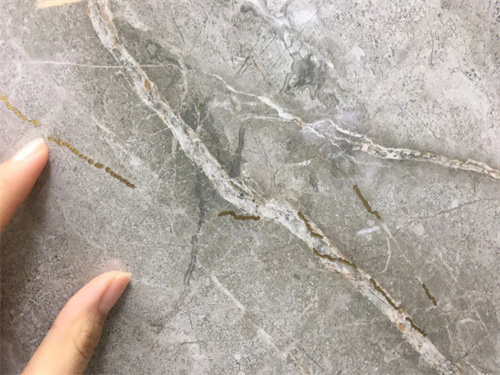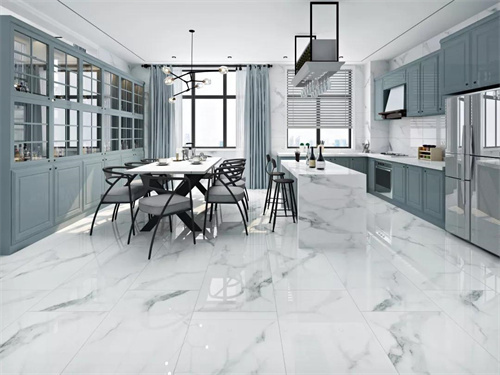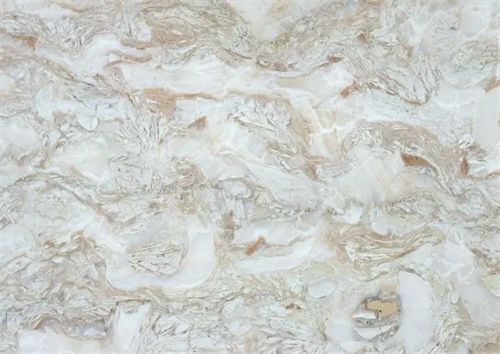Tile Installation: Best Practices for Dry-Hanging
The tile dry-placing technique is a current, aesthetically captivating, and realistic approach to laying tiles, specifically appropriate for indoor and outdoor wall ornament. It has benefits consisting of simple creation, first rate consequences, and a high utilization rate of tiles. right here are some techniques of tile dry-striking:
Exploring Various Tile Dry-Hanging Techniques
1. Direct Adhesive method
The direct adhesive technique is the maximum commonplace and only technique of tile dry-hanging. First, follow a layer of tile adhesive to the wall floor, after which immediately stick the tiles on top. This technique is appropriate for walls that are flat and now not susceptible to deformation. it is crucial to make sure consistent spacing among each tile for the duration of the set up to ensure the overall aesthetic and stability of the dry-striking impact.

2. Dry-putting perspective Iron technique
The dry-placing attitude iron method builds upon the direct adhesive technique by including using perspective iron to beautify the stability between the tiles and the wall. First, create an angle iron framework based on the wall dimensions and tile specifications. Then, observe tile adhesive on the wall, fix the angle iron framework to the wall, and fasten the tiles to the attitude iron. This approach is suitable for walls with complicated textures or giant deformation, efficaciously improving the steadiness and sturdiness of the wall.

3. Tile steel body Dry-striking method
The tile metal frame dry-putting technique is a more complicated method that requires a steel frame to enhance the weight-bearing capability and stability of the tiles. First, pre-make a metal frame primarily based at the wall dimensions and tile specifications. Then, set up the metallic frame on the wall, apply tile adhesive at the steel body, and stick the tiles on pinnacle. This approach is appropriate for partitions which have high requirements and want to guide heavy decorative gadgets, effectively enhancing the general structural balance.

4. Adhesive Powder mixed Dry-placing method
The adhesive powder blended dry-placing method includes the usage of a aggregate of adhesive powder and tile adhesive. First, observe a layer of adhesive powder to the wall, then lightly unfold the tile adhesive on the returned of the tiles before sticking them onto the wall. This approach is appropriate for walls that have a certain degree of elasticity and require a few seismic overall performance. The mixture of adhesive powder and tile adhesive can efficiently lessen the stress between the tiles and the wall, increasing the bond power and balance between the tiles and the wall.

In precis:those are the dry-placing methods for tiles. Tile dry-hanging is a totally common and realistic tile laying method, playing an critical role in wall decoration. while deciding on the best tile dry-placing technique, it's far important to take into account multiple elements, which includes wall fabric, specifications, and ornament necessities, to make certain an aesthetically alluring and sturdy end result. additionally, it's far essential to make sure accurate construction techniques and nice substances all through the installation manner to guarantee the pleasant and safety of the tile dry-placing assignment.



 暂无评论,点击抢占沙发
暂无评论,点击抢占沙发